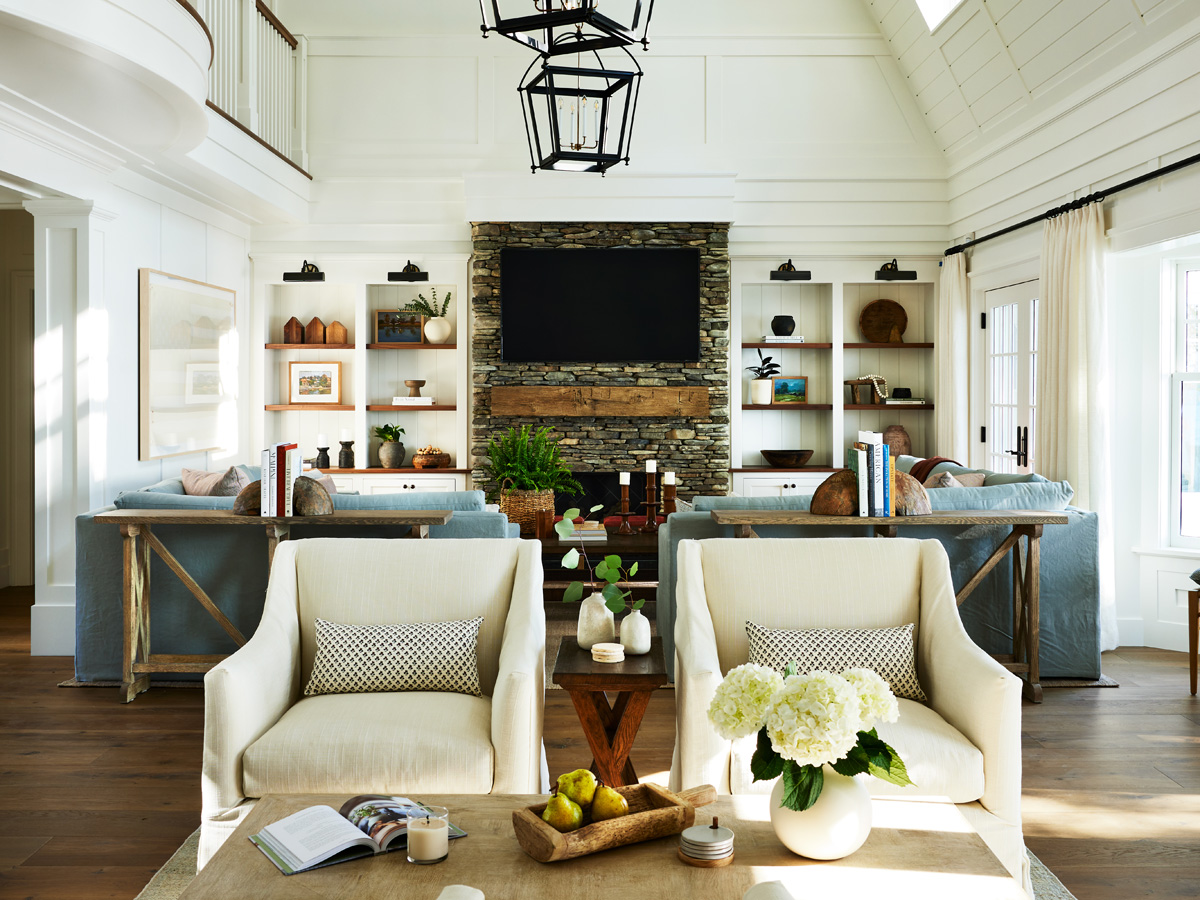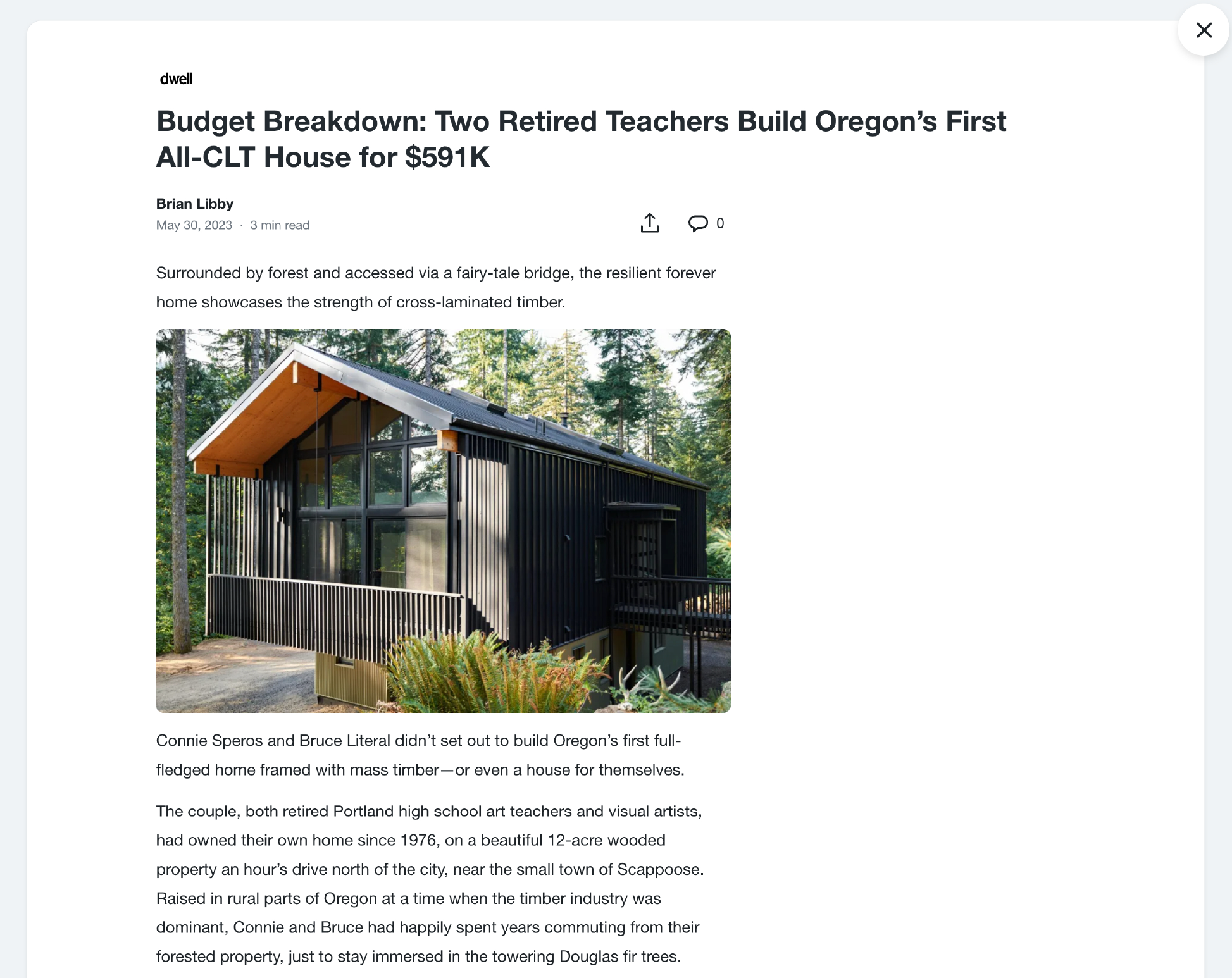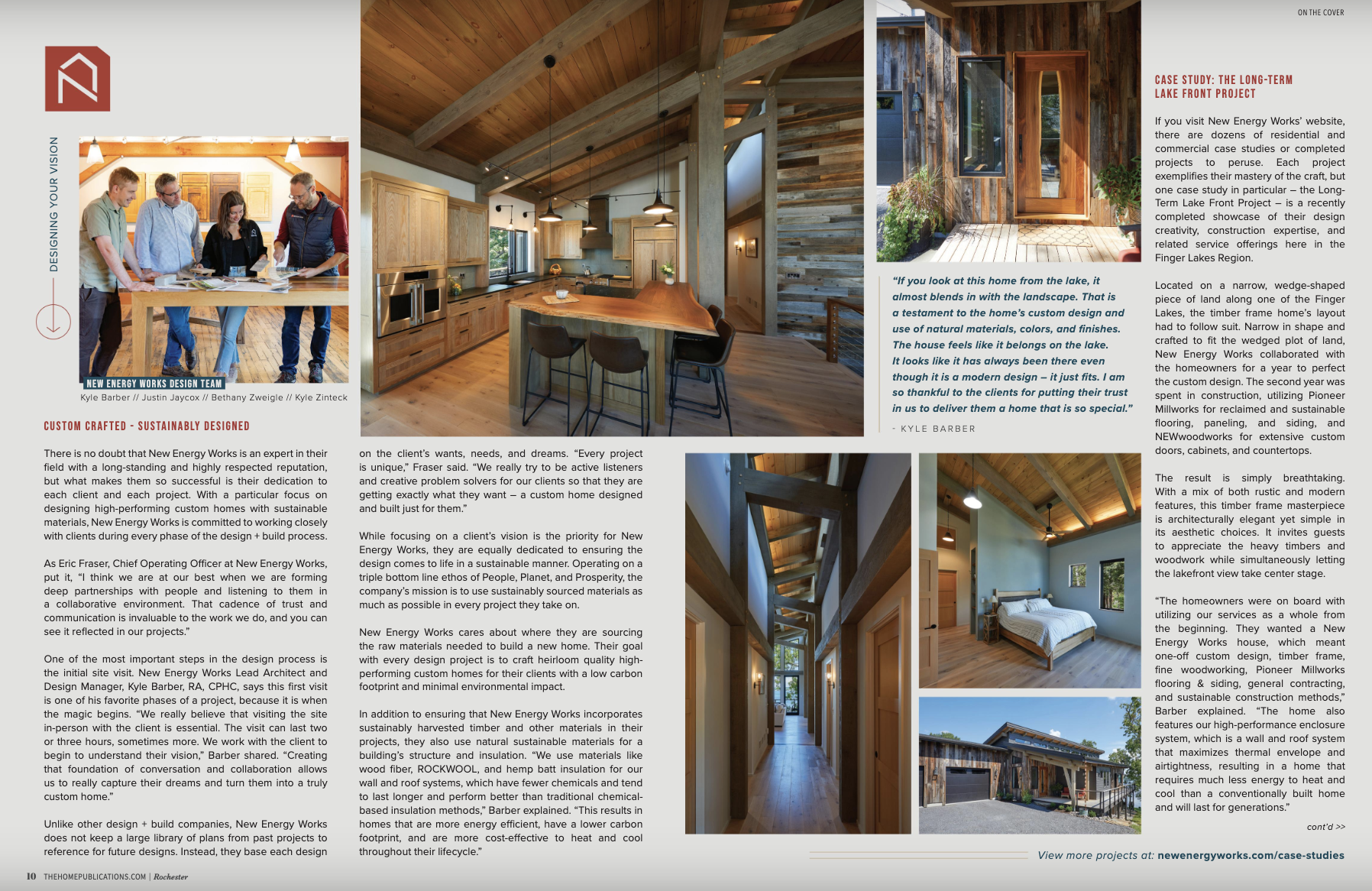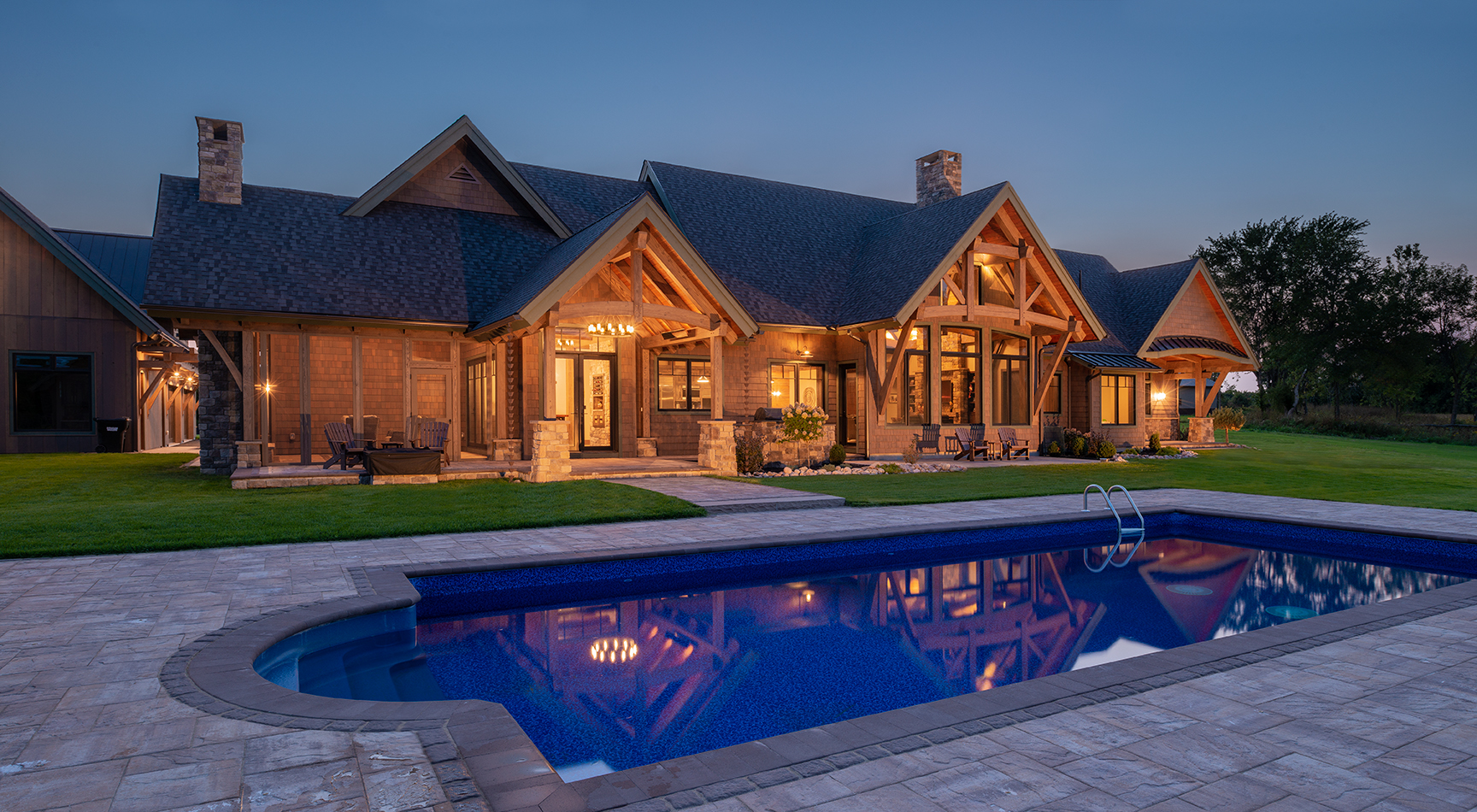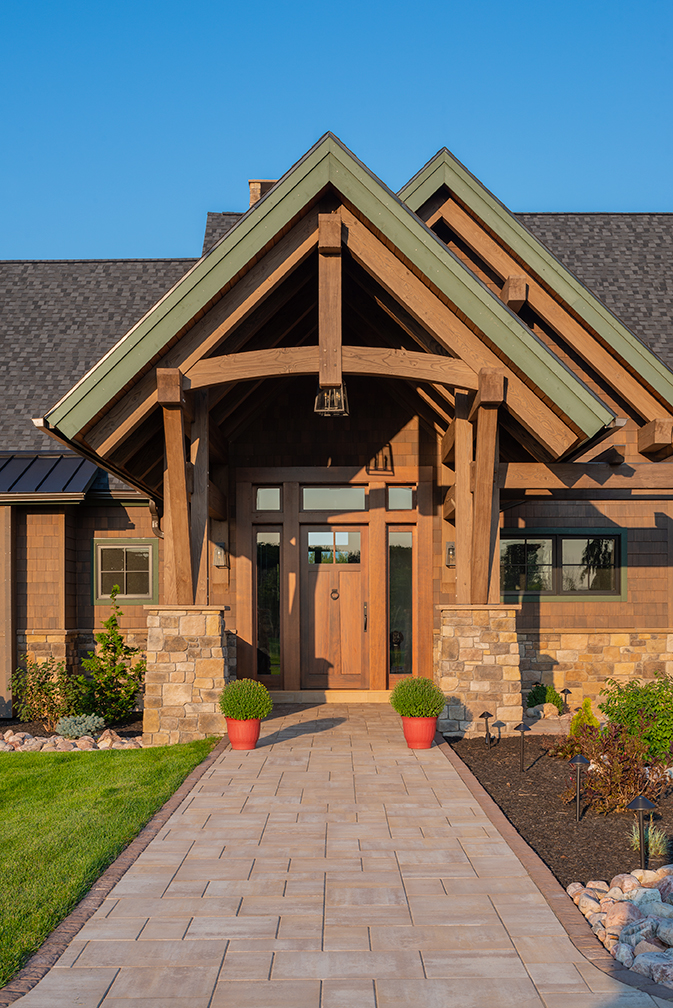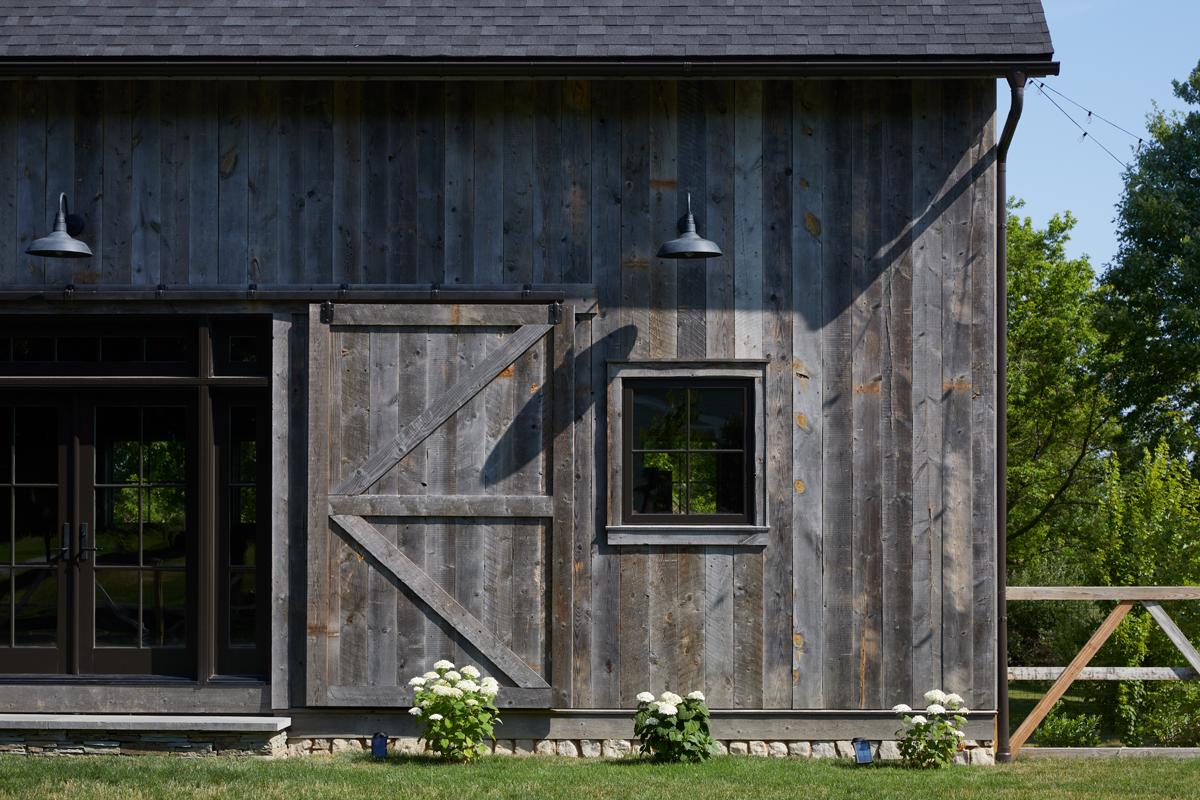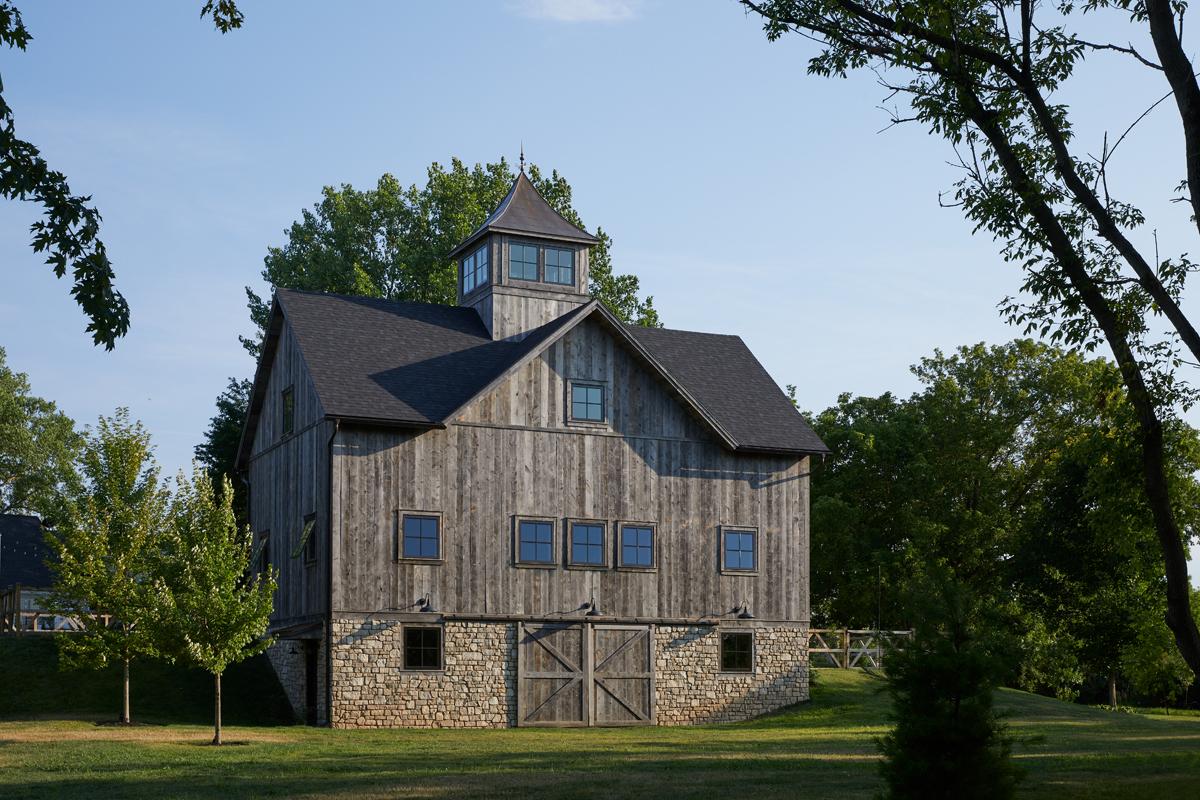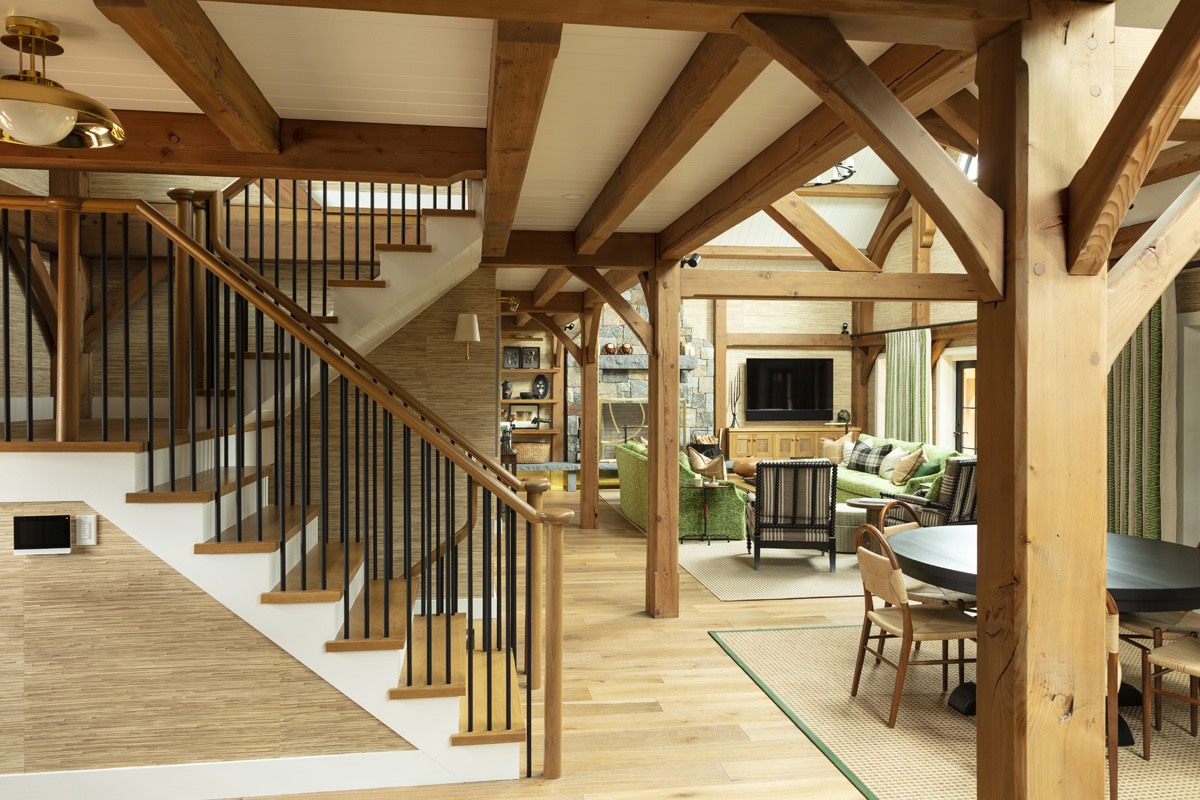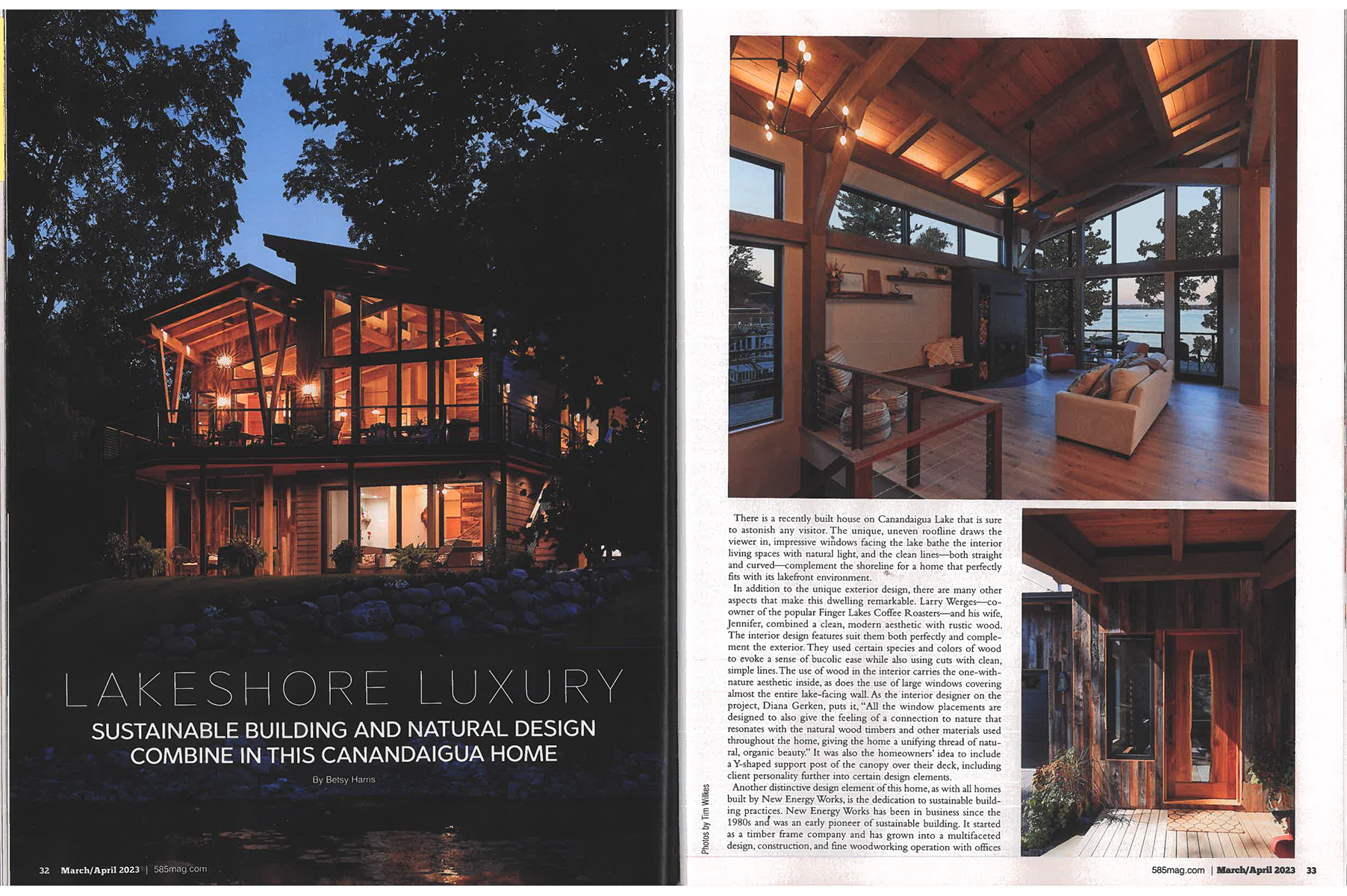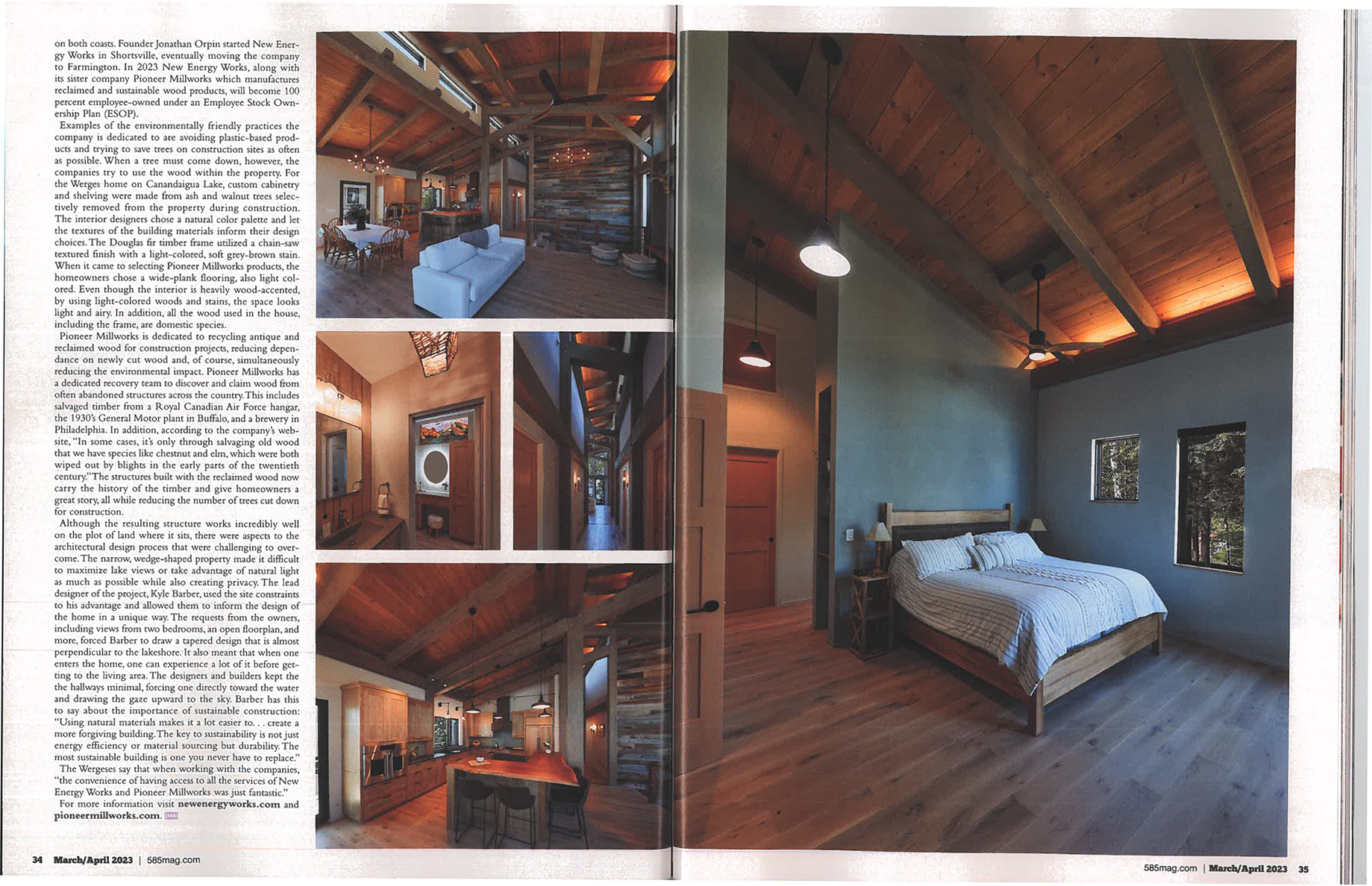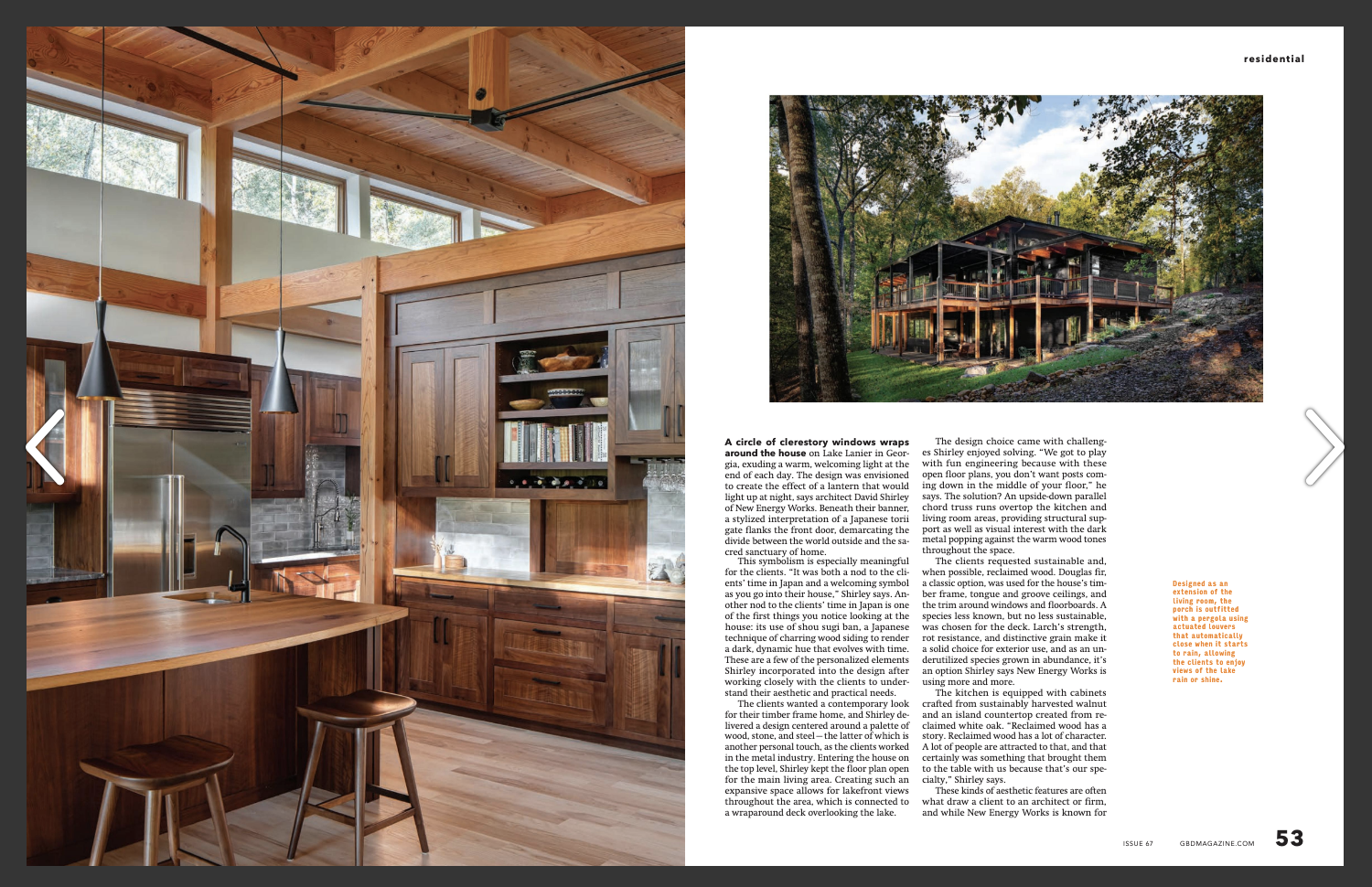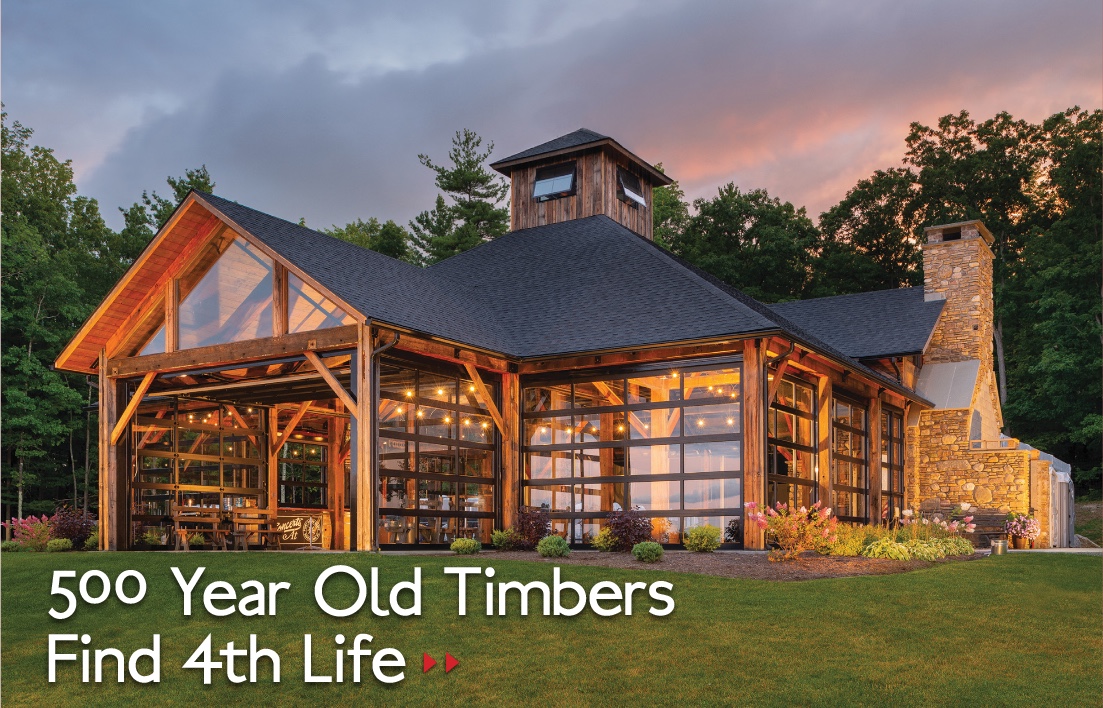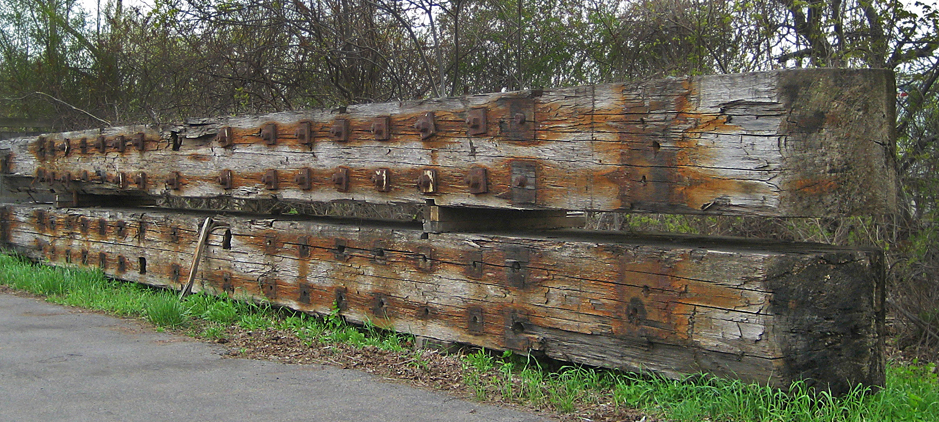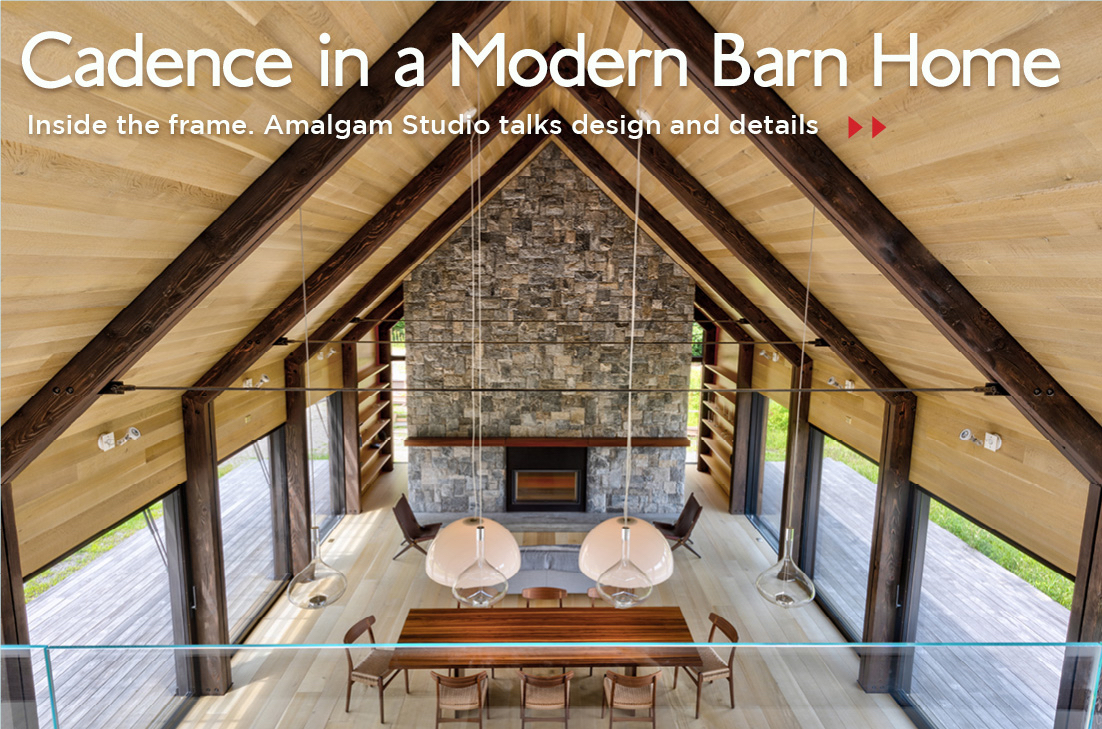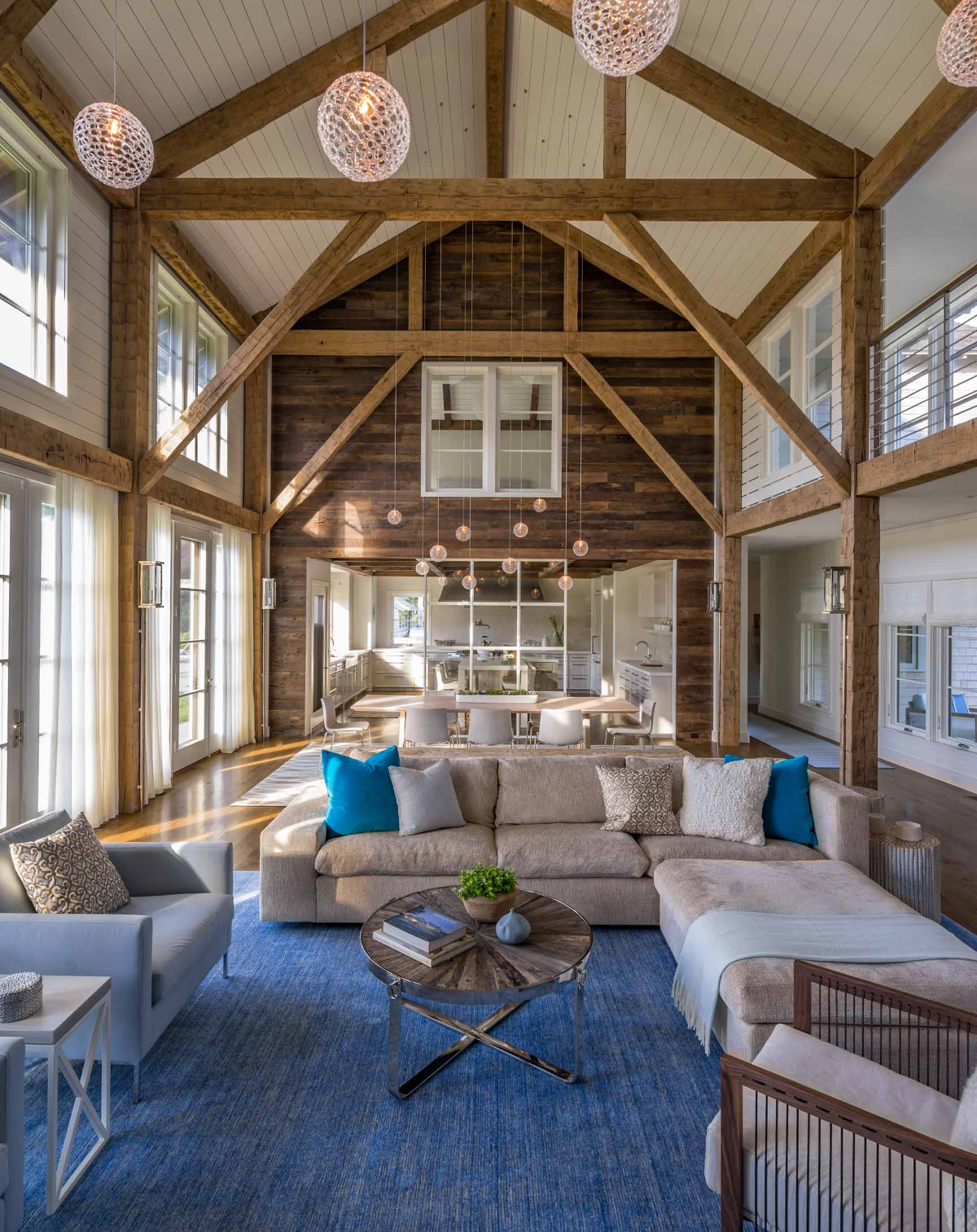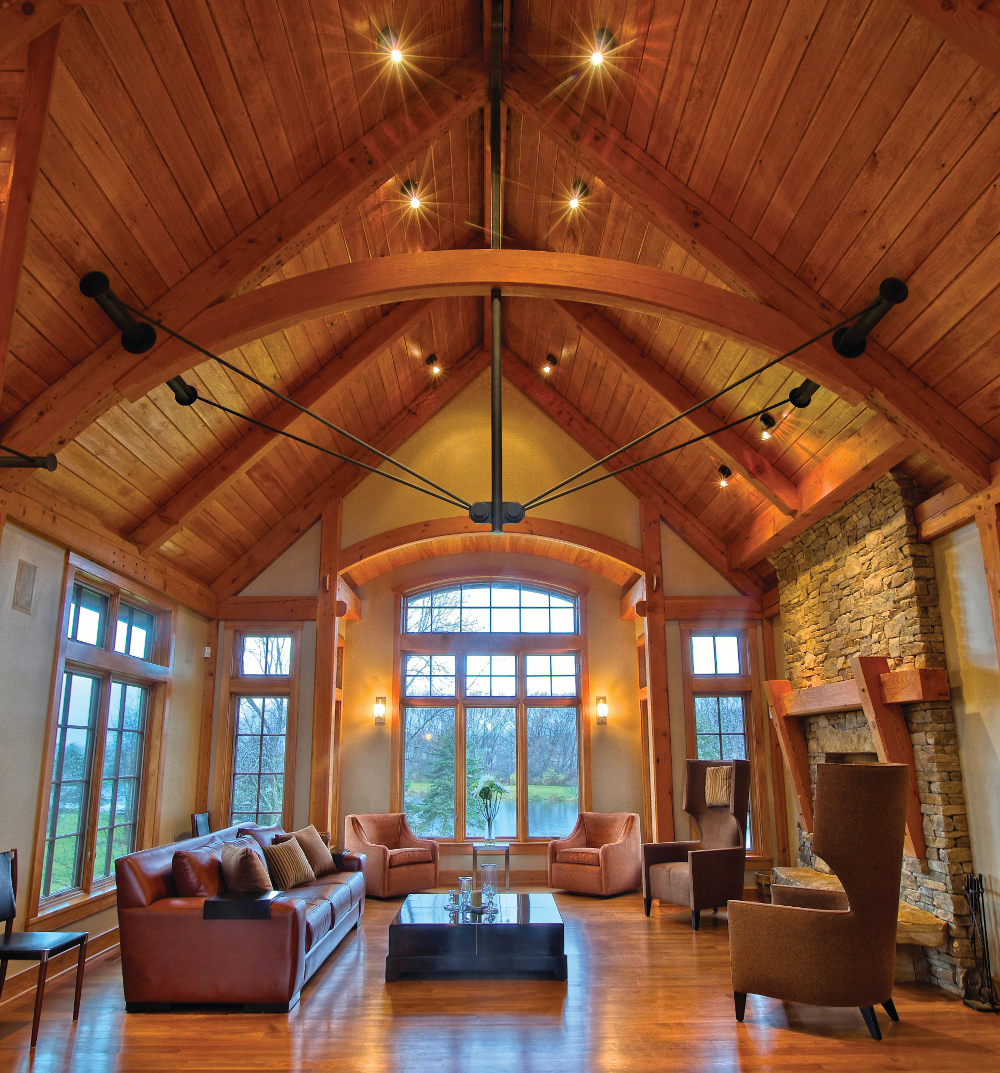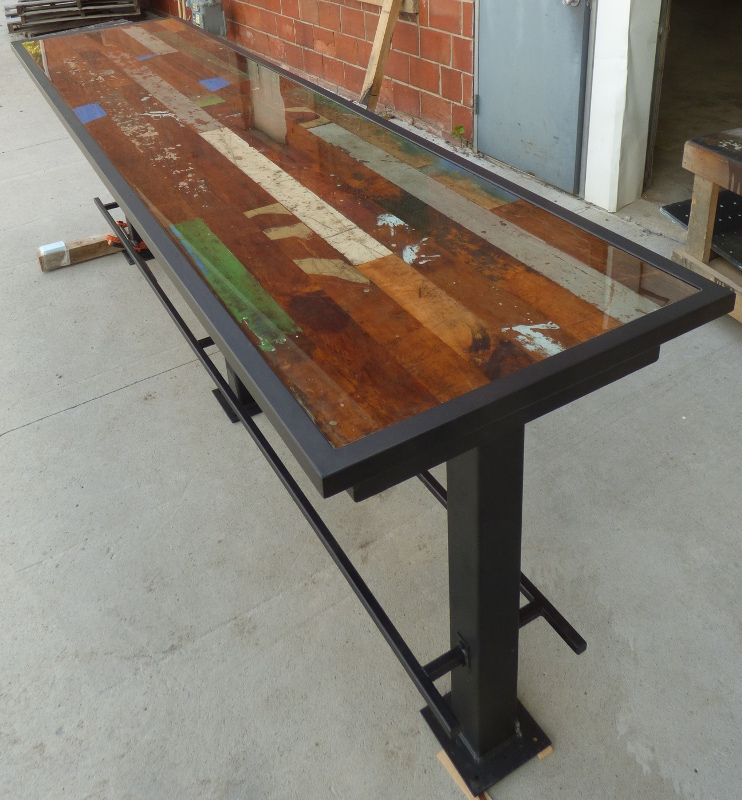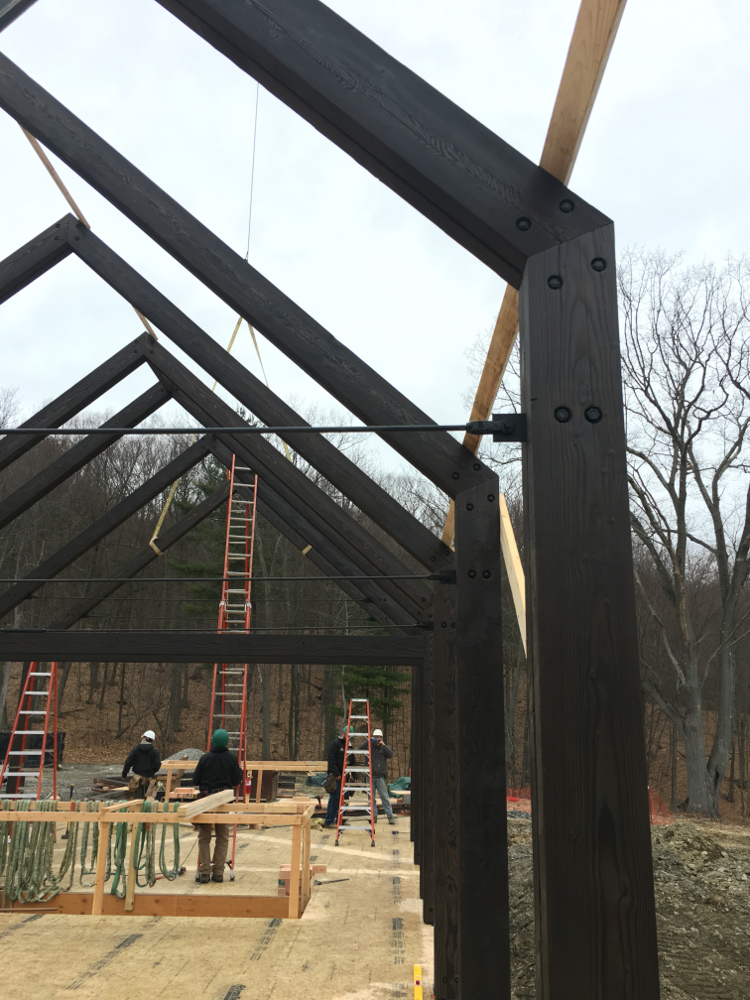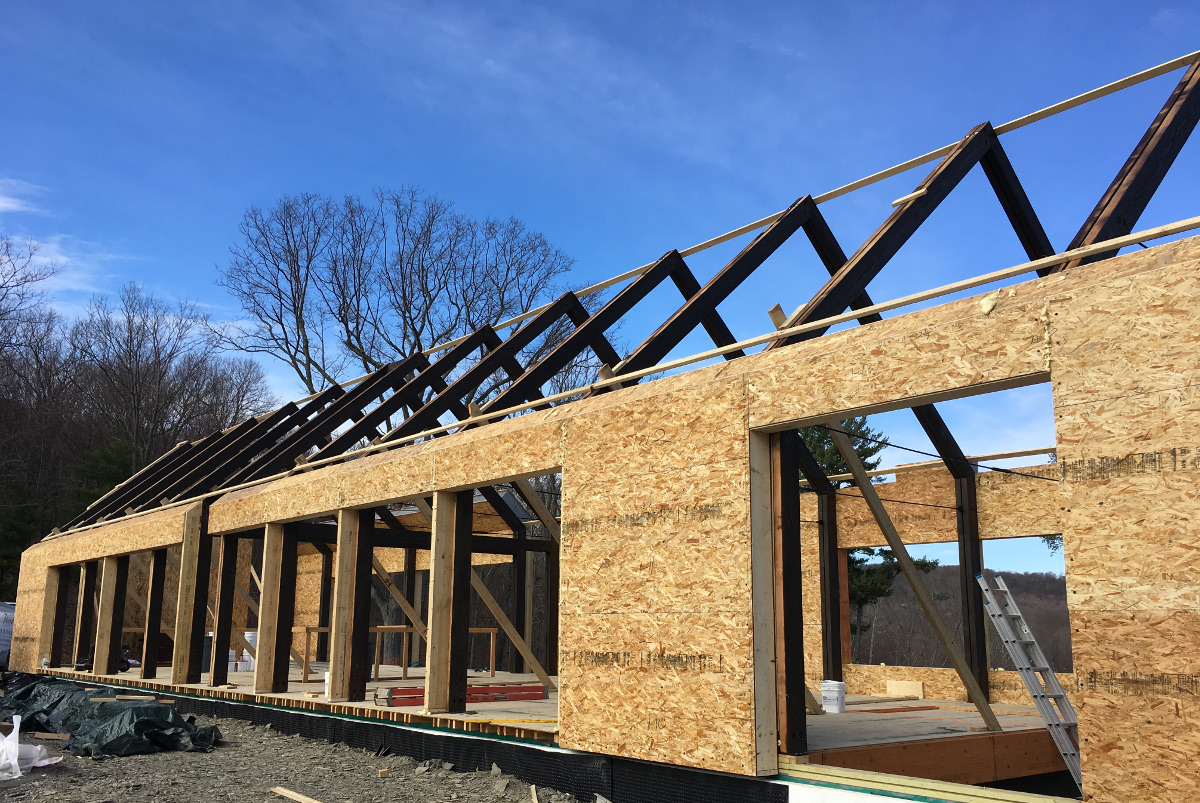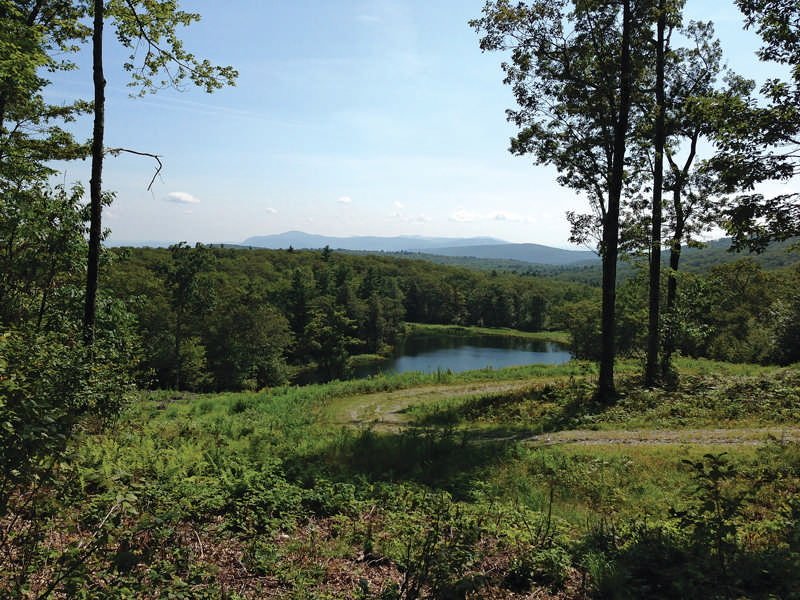For over 20 years NEWwoodworks, our fine woodworking division, has specialized in handcrafted cabinetry, furniture, stairs, doors, and other custom designed interior furnishings from their shop in Shortsville, NY. The Shortsville-Manchester Area Chamber of Commerce (SMACC) is a volunteer organization that promotes progress and a positive business climate. NEWwoodworks has supported local Shortsville activities for many years, including the annual Wild Water Derby, and has been recognized by SMACC as business of the month.
“Crafting projects from antique reclaimed wood is a unique privilege,” remarked Rob D’Alessandro, General Manager. “We’re excited to be recognized by the Shortsville Manchester Area Chamber of Commerce as a Business of the Month.”
NEWwoodworks has built a reputation as the go-to shop among designers and architects for taking on challenging, one-of-a-kind, custom woodworking projects. Each piece is hand-crafted using sustainably harvested and often antique wood by skilled craftsmen and design software. Thanks to experience, talented hands, digital technology, and good-old-fashioned creativity the more unique, the more difficult, the better the project.
The craftsmen at NEWwoodworks have knowledge and abilities which ensure every project is a work of art, whether it’s doors, cabinetry, stairs, tables, wine rooms, or commercial fixtures. They have worked with world-famous retailers, hotels, restaurants, and spas to bring the vision of the brand and the designer to life. Great attention is paid to the details: hand-forged hardware, oil rubbed finishes, and antique wood-with-a-story-to-tell are a few of the features incorporated in their products.















